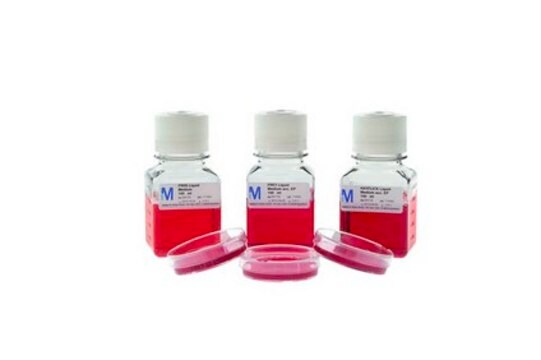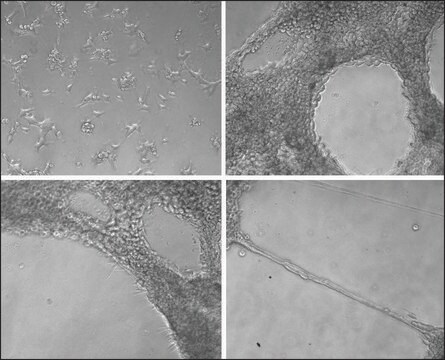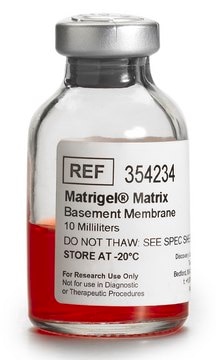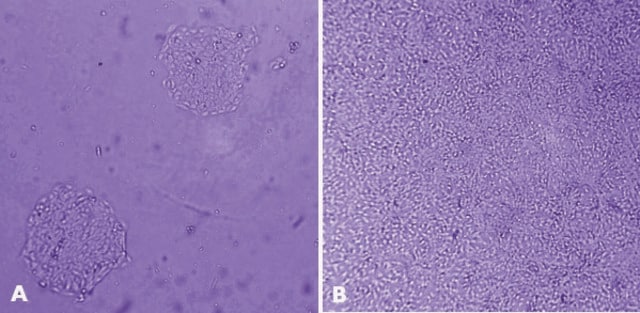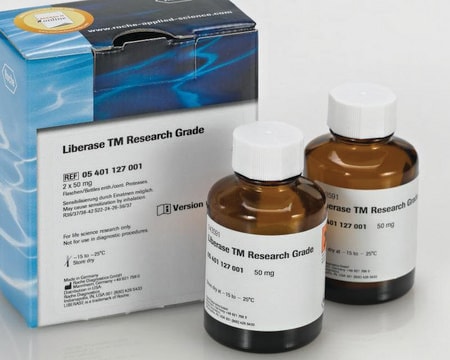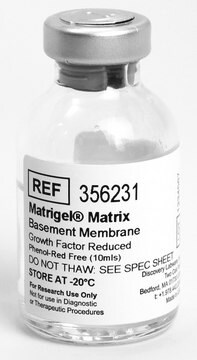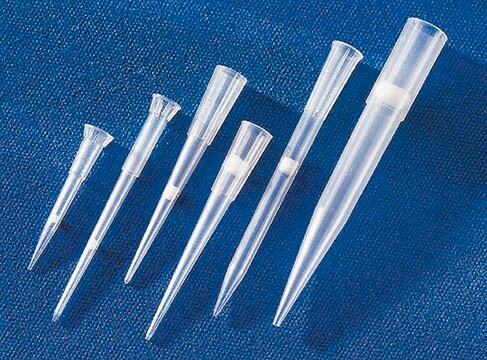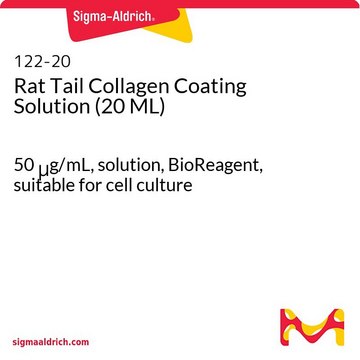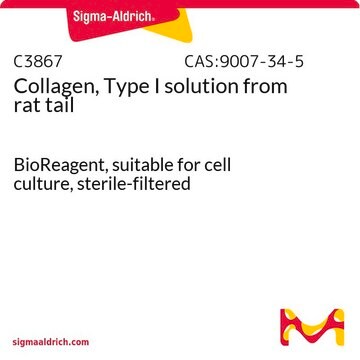Recommended Products
General description
EHS Matrix Extract is a solubilized basement membrane preparation extracted from the Engelbreth-Holm-Swarm (EHS) mouse sarcoma. Its major components are laminin, collagen type IV, plaminogen activator and other growth factors which occur naturally in the EHS tumor.
Application
EHS Matrix Extract will gel rapidly at 22°C to 37°C. Thaw the EHS Matrix Extract at 4°C overnight in a refrigerator. Use pre-chilled pipettes, plates and tubes when preparing matrigel. Gelled EHS Matrix Extract may be liquefied by placing in refrigerator at 4°C overnight.
Preparation Note
Take the appropriate culture medium for your cells from the refrigerator. Decontaminate the bottle with 70% alcohol in a sterile hood.
*Keep EHS Matrix Extract on ice throughout the preparation. Use chilled pipette tips, pipettes, culture plates/flasks and tubes for preparing EHS Matrix Extract.
For example:
2.5 ml for each T-25 flask (1.25 ml of culture medium to 1.25 ml of EHS Matrix Extract)
210 μl for each 24-well plate well (105 μL of culture medium to 105 μL of EHS Matrix Extract)
*Keep EHS Matrix Extract on ice throughout the preparation. Use chilled pipette tips, pipettes, culture plates/flasks and tubes for preparing EHS Matrix Extract.
- Thaw EHS Matrix Extract at 4°C overnight on ice.
- Use cooled pipette tips, mix the EHS Matrix Extract on ice to homogeneity.
- Prepare EHS Matrix Extract matrix by adding chilled culture medium to EHS Matrix Extract on ice in a 1:1 ratio.
- Coat tissue culture surface evenly.
For example:
2.5 ml for each T-25 flask (1.25 ml of culture medium to 1.25 ml of EHS Matrix Extract)
210 μl for each 24-well plate well (105 μL of culture medium to 105 μL of EHS Matrix Extract)
- Incubate at 37°C for one hour.
- Rinse EHS Matrix Extract with culture medium.
- EHS Matrix Extract coated tissue culture surface is now ready for use.
Storage Class
10 - Combustible liquids
wgk_germany
WGK 3
flash_point_f
Not applicable
flash_point_c
Not applicable
Choose from one of the most recent versions:
Certificates of Analysis (COA)
Lot/Batch Number
Sorry, we don't have COAs for this product available online at this time.
If you need assistance, please contact Customer Support.
Already Own This Product?
Find documentation for the products that you have recently purchased in the Document Library.
Customers Also Viewed
Lital Livni et al.
Neuroscience letters, 694, 14-19 (2018-11-16)
Chemotherapy-induced peripheral neuropathy (CIPN) is a severe and debilitating adverse effect of cancer therapy that results from treatment with neurotoxic agents. Although chemotherapy treatment has been shown to inhibit neurite outgrowth from dorsal root ganglion (DRG) neurons in vitro, evidence
Zhen Yang et al.
Autophagy, 15(4), 668-685 (2018-11-06)
Emerging evidence has revealed that miRNAs could upregulate the expression levels of target genes. However, the molecular mechanism underlying upregulation of targets mediated by miRNAs remains unclear. In this study, we found a novel miRNA named MIR-G-1 by GRSF1-RNA immunoprecipitation
Richard Beatson et al.
Communications biology, 3(1), 644-644 (2020-11-06)
The tumour microenvironment plays a crucial role in the growth and progression of cancer, and the presence of tumour-associated macrophages (TAMs) is associated with poor prognosis. Recent studies have demonstrated that TAMs display transcriptomic, phenotypic, functional and geographical diversity. Here
Our team of scientists has experience in all areas of research including Life Science, Material Science, Chemical Synthesis, Chromatography, Analytical and many others.
Contact Technical Service